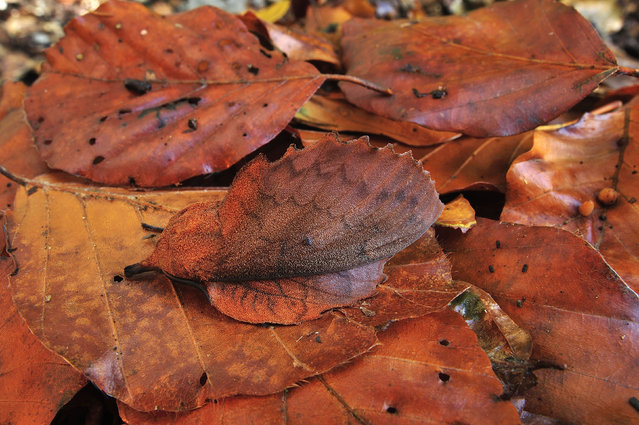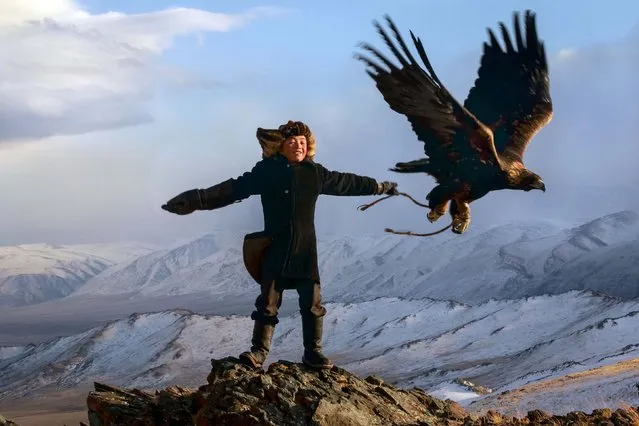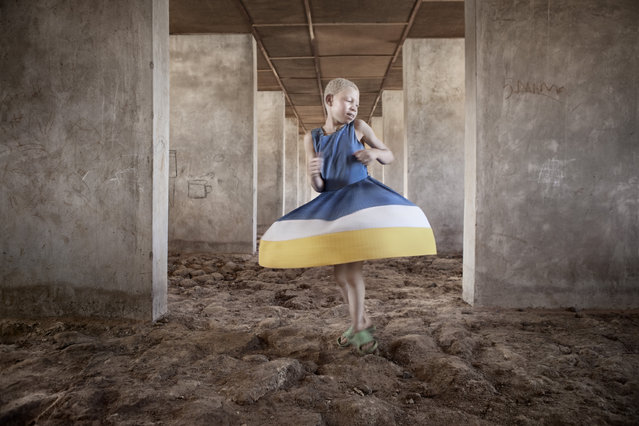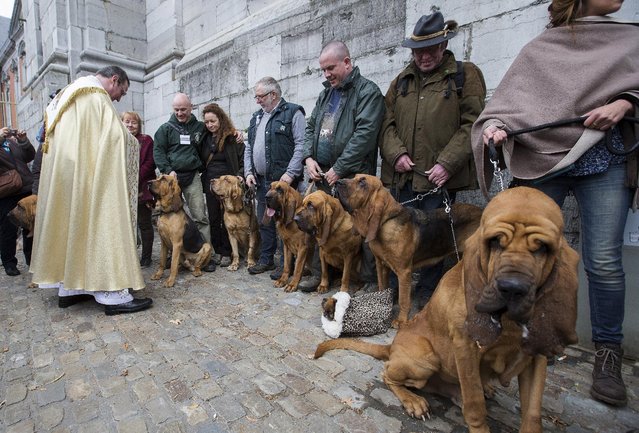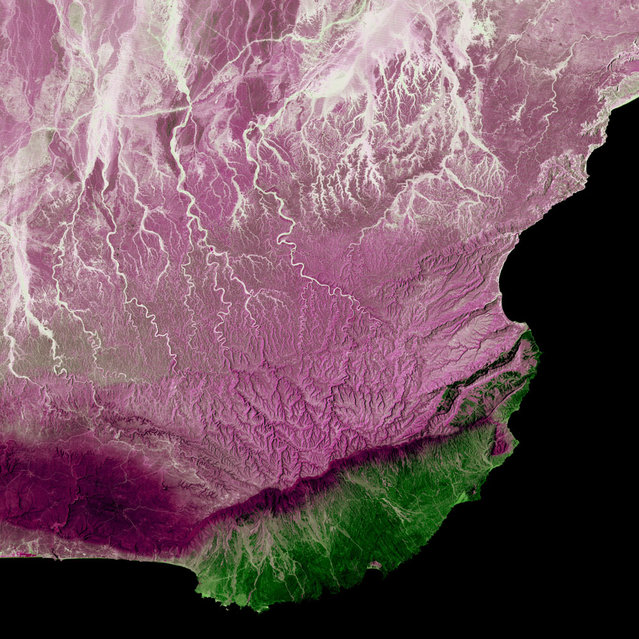
Chinese special policemen rank in a line of battle during an anti-terror drill at a training base of Chengdu Armed Police Headquarters on September 28, 2005 in Chengdu of Sichuan Province, China. (Photo by China Photos/Getty Images)
28 Feb 2012 11:49:00,post received
0 comments

